by Michelle Hand for TWU Course Literature for Children and Young Adults
Walker, Sally M. 2009. WRITTEN IN BONE: BURIED LIVES OF JAMESTOWN AND COLONIAL MARYLAND. Minneapolis, MN: Carolrboda Books. ISBN 9781441885340.
This is an informational (non-fiction) book about a team of forensic scientists from the Smithsonian Institute eager to learn about the way of life of people in colonial Maryland and Jamestown by studying the bones of those people and artifacts that have been buried for more than 300 years.
Critical Analysis
How do bones tell a story? They tell a story that reveals centuries' old secrets of a person's diet, health, occupation, age and cause of death. Sally M. Walker's WRITTEN IN BONES takes readers into the world of forensic scientists that know just how to coax deep and sometimes dark secrets out of long buried bones. Young readers who are interested in biology, science and adventure will enjoy reading WRITTEN IN BONES.
Experts from many areas of science assist forensic anthropologist Dr. Douglas Owsley in finding out just who is buried at Jamestown and colonial Maryland. They all use scientific skills to draw conclusions from the bones that lead them to believe they have unearthed a teenage boy, a ship's captain, an indentured servant, a colonial official and his family and an African slave girl. Walker clearly states the findings of each grave are clues and that the
scientists are not certain of what they have uncovered. Many resources are given as corroboration in the back of the book.
WRITTEN IN BONES is organized well with each chapter representing a unique dig, so readers can just pick it up and start reading any chapter with help from the table of contents or index. The detailed photographs and illustrations of bones and teeth, which are not for the faint of heart, are really what make the text credible.
Walker's choice of design is very fitting with text in an old world font, chapters labeled on each page and visual aids that pique the interest of the reader. I believe with some adult help through many of the technical terms and scientific concepts, a young reader would enjoy learning how bones and teeth can tell so much about a person's lifestyle while still alive. The book concludes with a timeline that also teaches dates and events from American history.
Review Excerpt(s)
"The reading level is relatively high and the quantity of detailed information is not for everyone, but those intrigued by forensics and history will find this absolutely fascinating. Grades 7-11." --Carolyn Phelan, Booklist.
"Written in Bone casts a magnifying glass on the hardships and realities of colonial life
so often romanticized in American lore."--Jeff Meyer, Slater Public Library, IA
Connections
- Artifacts Uncovered: By analyzing artifacts from the 17th century, we can learn an
enormous amount about how people lived and interacted during that time period.
-Ask students to create a list of artifacts unearthed in Jamestown and St. Mary’s City and write 1-2 sentences about what these artifacts can tell us about life in the 17th‑century
Chesapeake.
-What are some of the things we can learn from studying skeletons from the past? Where else can we get this information?
-Why do you think it is important for anthropologists to be very careful when they are doing excavations?
-What is DNA, and what can we learn from studying it?
Connections taken from:
Libby H. O'Connell, PhD., "Written in Bone: Forensic Files of the 17th Century Chesapeake Eduactor's Manual" , accessed March 24, 2013, http://www.mnh.si.edu/education/exhibitions/writteninbone.html.
Other informational books about forensic science or written by Sally M. Walker for young
adults.
Walker, Sally M. MYSTERY FISH (ON MY OWN SCIENCE). ISBN: 9781575058504
Cooper, Chris. FORENSIC SCIENCE (DK EYEWITNESS BOOKS). ISBN: 978-0756633837
Walker, Sally M. SHIPWRECK SEARCH: DISCOVERY OF THE H.L. HUNLEY (ON MY OWN SCIENCE). ISBN: 978-0822564492
This is an informational (non-fiction) book about a team of forensic scientists from the Smithsonian Institute eager to learn about the way of life of people in colonial Maryland and Jamestown by studying the bones of those people and artifacts that have been buried for more than 300 years.
Critical Analysis
How do bones tell a story? They tell a story that reveals centuries' old secrets of a person's diet, health, occupation, age and cause of death. Sally M. Walker's WRITTEN IN BONES takes readers into the world of forensic scientists that know just how to coax deep and sometimes dark secrets out of long buried bones. Young readers who are interested in biology, science and adventure will enjoy reading WRITTEN IN BONES.
Experts from many areas of science assist forensic anthropologist Dr. Douglas Owsley in finding out just who is buried at Jamestown and colonial Maryland. They all use scientific skills to draw conclusions from the bones that lead them to believe they have unearthed a teenage boy, a ship's captain, an indentured servant, a colonial official and his family and an African slave girl. Walker clearly states the findings of each grave are clues and that the
scientists are not certain of what they have uncovered. Many resources are given as corroboration in the back of the book.
WRITTEN IN BONES is organized well with each chapter representing a unique dig, so readers can just pick it up and start reading any chapter with help from the table of contents or index. The detailed photographs and illustrations of bones and teeth, which are not for the faint of heart, are really what make the text credible.
Walker's choice of design is very fitting with text in an old world font, chapters labeled on each page and visual aids that pique the interest of the reader. I believe with some adult help through many of the technical terms and scientific concepts, a young reader would enjoy learning how bones and teeth can tell so much about a person's lifestyle while still alive. The book concludes with a timeline that also teaches dates and events from American history.
Review Excerpt(s)
"The reading level is relatively high and the quantity of detailed information is not for everyone, but those intrigued by forensics and history will find this absolutely fascinating. Grades 7-11." --Carolyn Phelan, Booklist.
"Written in Bone casts a magnifying glass on the hardships and realities of colonial life
so often romanticized in American lore."--Jeff Meyer, Slater Public Library, IA
Connections
- Artifacts Uncovered: By analyzing artifacts from the 17th century, we can learn an
enormous amount about how people lived and interacted during that time period.
-Ask students to create a list of artifacts unearthed in Jamestown and St. Mary’s City and write 1-2 sentences about what these artifacts can tell us about life in the 17th‑century
Chesapeake.
-What are some of the things we can learn from studying skeletons from the past? Where else can we get this information?
-Why do you think it is important for anthropologists to be very careful when they are doing excavations?
-What is DNA, and what can we learn from studying it?
Connections taken from:
Libby H. O'Connell, PhD., "Written in Bone: Forensic Files of the 17th Century Chesapeake Eduactor's Manual" , accessed March 24, 2013, http://www.mnh.si.edu/education/exhibitions/writteninbone.html.
Other informational books about forensic science or written by Sally M. Walker for young
adults.
Walker, Sally M. MYSTERY FISH (ON MY OWN SCIENCE). ISBN: 9781575058504
Cooper, Chris. FORENSIC SCIENCE (DK EYEWITNESS BOOKS). ISBN: 978-0756633837
Walker, Sally M. SHIPWRECK SEARCH: DISCOVERY OF THE H.L. HUNLEY (ON MY OWN SCIENCE). ISBN: 978-0822564492
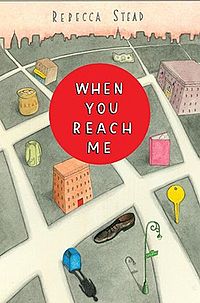
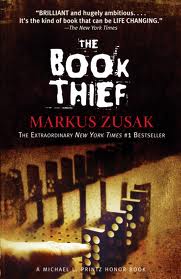
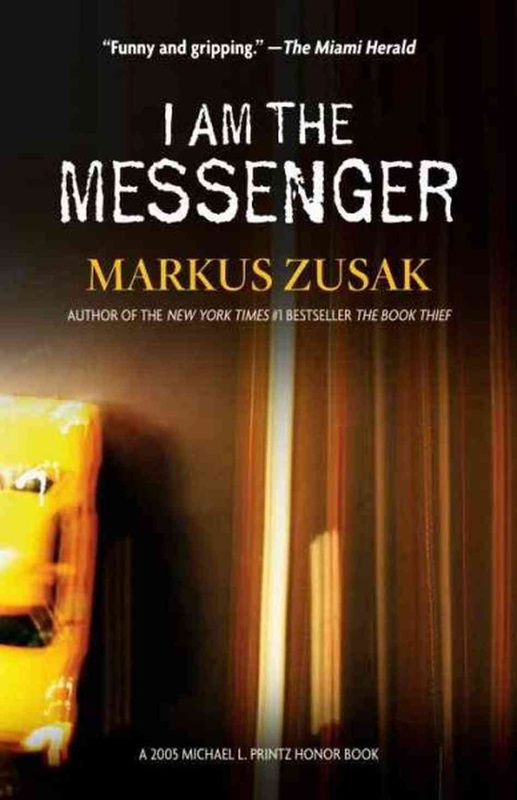
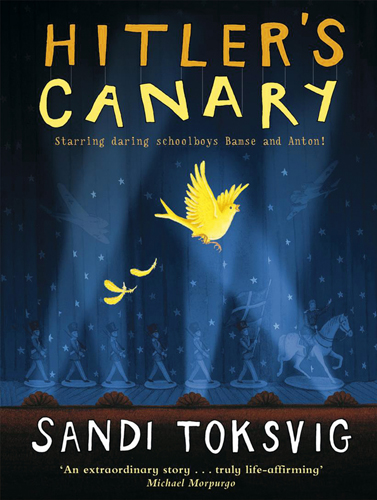
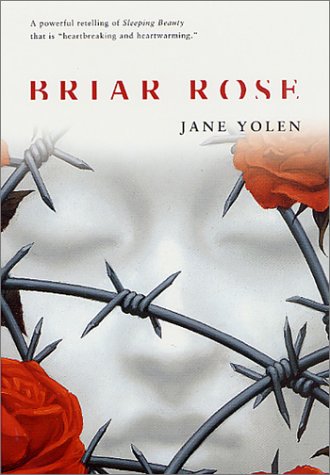
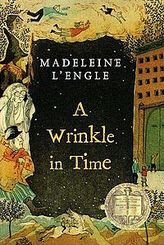
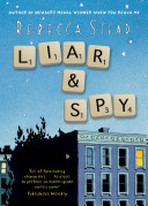
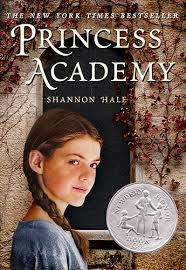
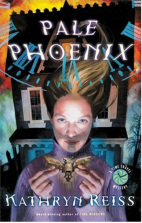
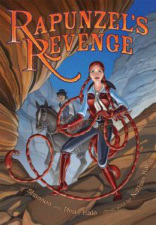
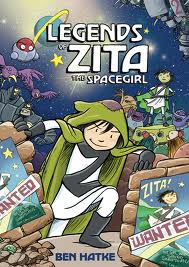
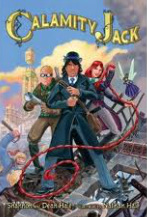
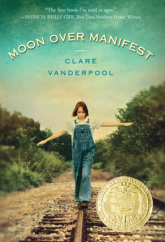
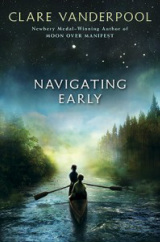
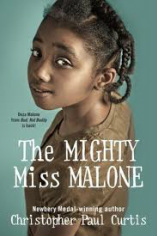
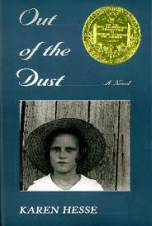
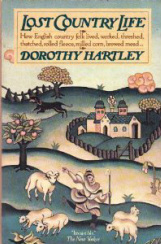
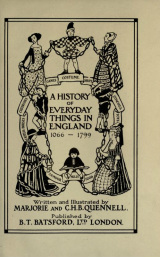
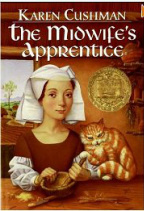
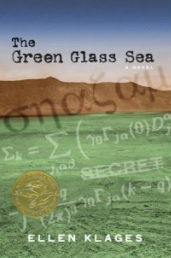
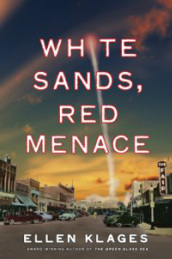


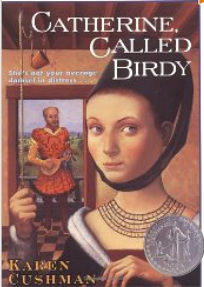
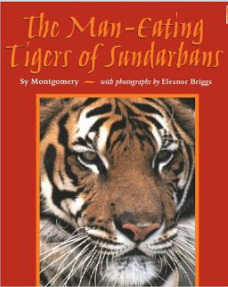
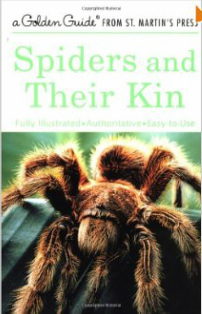
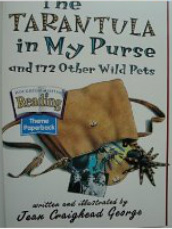
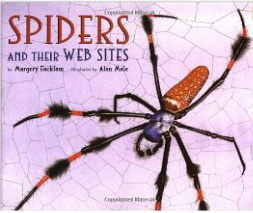
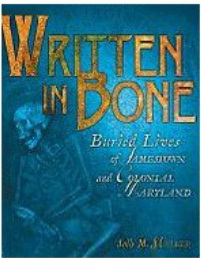
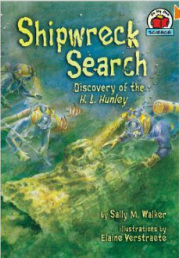
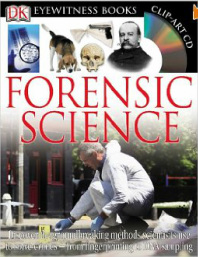
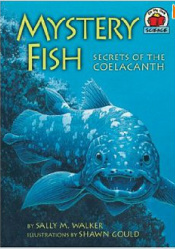
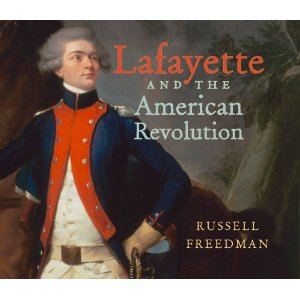

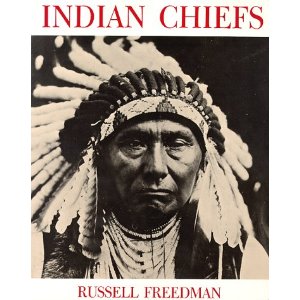
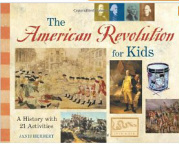
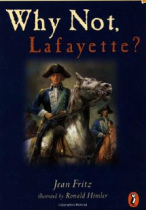
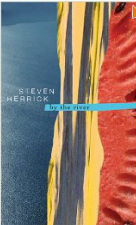
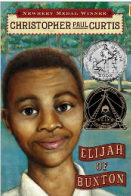
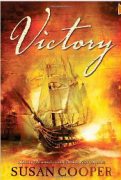
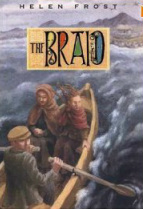
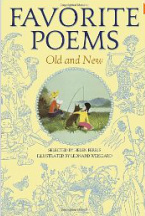
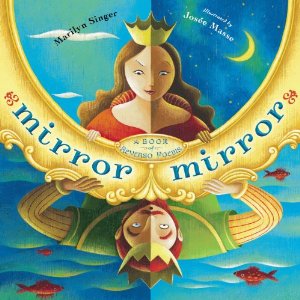
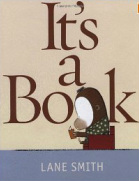
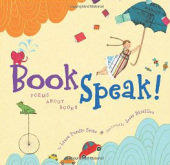
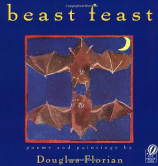
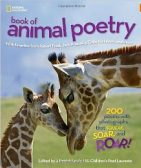
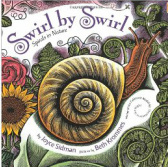
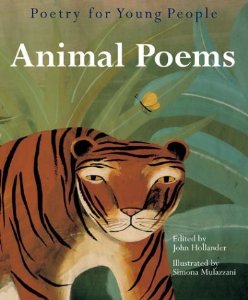
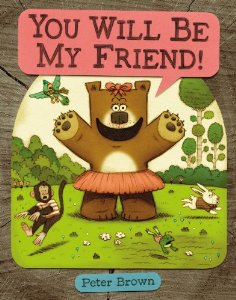

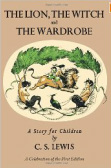
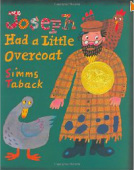
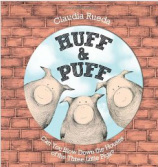

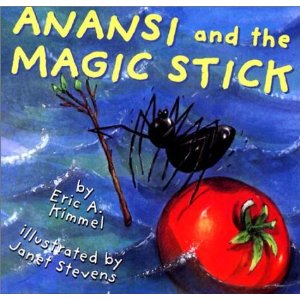
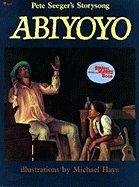
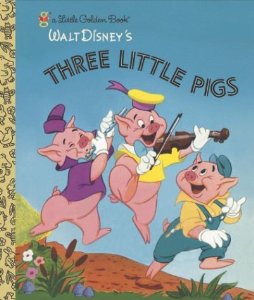

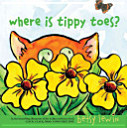
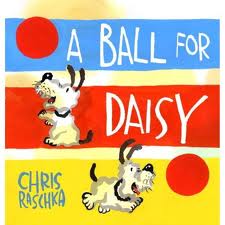

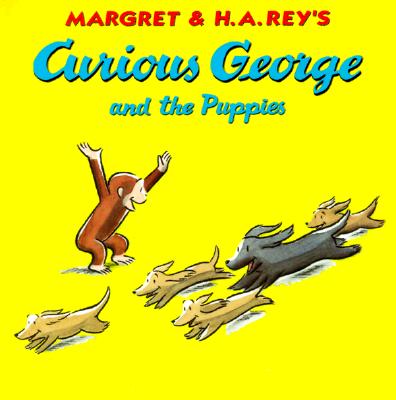

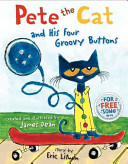

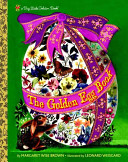
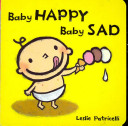
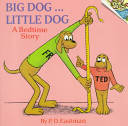
 RSS Feed
RSS Feed